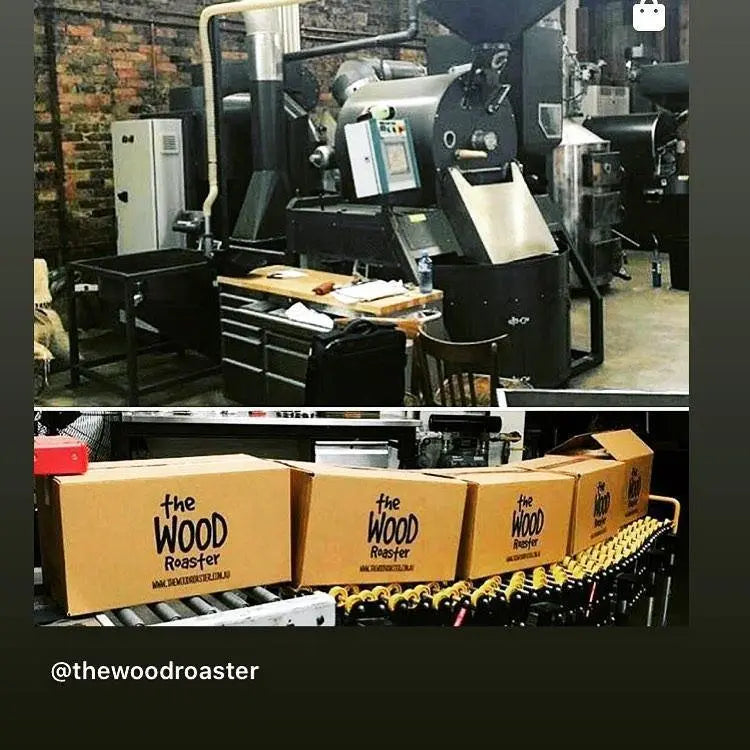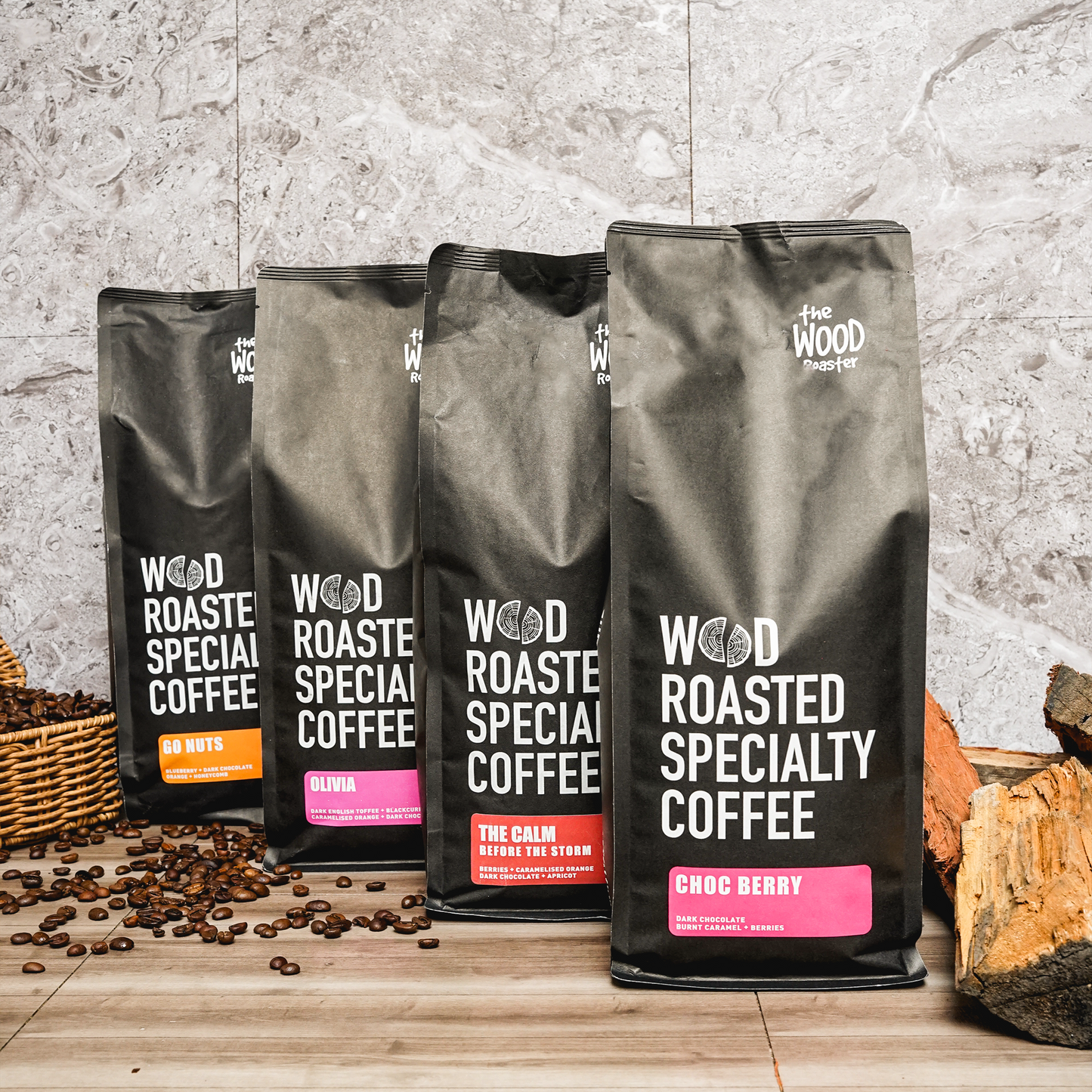
Until it's roasted, coffee beans aren't the same as the stuff we buy at the supermarket or cafes. They're just green beans that are not so appealing, emitting a piney smell that is in stark contrast to the pleasing aroma usually associated with coffee. Before coffee becomes the coffee we drink on the regular, the beans undergo a roasting process. It's essentially cooking the green coffee beans, except that the process is very controlled and precise to ensure vibrant flavour.
Curious as to what happens in the coffee roasting process? Read on.
Why roast coffee in the first place?
Coffee beans start as seeds of a small cherry-like fruit. When they're harvested and removed from the cherries, they're hard, dense, and are typically green in colour. If you attempt to brew green coffee beans like roasted coffee, the result will be less than favourable. What's more, given that they're dense, grinders won't be able to break them down into smaller pieces, either.
The beans have to undergo roasting first to break down the bean cell structures and pull out the moisture in them, allowing them to be grounded. Roasting also catalyzes a series of complex chemical reactions that result in the rich flavours we love in coffee.
Why the need for roasters
Before roasters were even invented, people roasted coffee in a skillet, over a fire, or in an oven. And while there's nothing wrong with this approach, it can result in an unpleasant and unbalanced flavour. This is because roasting coffee necessitates a specific temperature increase throughout the process. Skillets and ovens don't have the mechanisms to enable a certain level of control or precision.
Additionally, the traditional method also cannot roast beans evenly. Sure, skillets are hot, but the air around them isn't. As for baking, even if it distributes heat more evenly, you cannot stir the beans without dropping the temperature. These methods will only result in unevenly roasted beans, which aren't exactly tasty. If you want the best coffee, using commercial roasters is the way to go. They give you a high degree of control over the temperature, allowing you to enjoy delicious java.
Chemical reactions during roasting
As mentioned previously, roasting involves a series of complex chemical reactions that develop the coffee's unique flavours. Here are some of the main ones:
- Maillard Reaction: When the beans are roasted between 300 and 400 degrees Fahrenheit, a variety of chemical compounds, including amino acids in proteins, create a more tasty flavour and aroma compounds. During this stage, hundreds of flavours are developed.
- Caramelization: When the temperature reaches 370 degrees, the natural sucrose in the beans begins to caramelize. Aromatic and acidic compounds are released into the bean, resulting in a deep, satisfying sweetness.
- First Crack: Now when it reaches above 400 degrees, the remaining water in the bean vaporizes, causing it to expand and crack. It loses about 5% of its weight and finally turns into a light brown colour. After the first crack, light roasts are removed from the roaster and cooled.
The coffee beans will still go through pyrolysis and second crack before they become fully developed. Now that you have a clearer picture of how beans are roasted, it may be time for you to do it on your own.
At The Wood Roaster in Sydney, we have a considerable collection of the best roasters, coffee machines, coffee pods, and so much more. Check them out today, we offer free shipping on every order!

